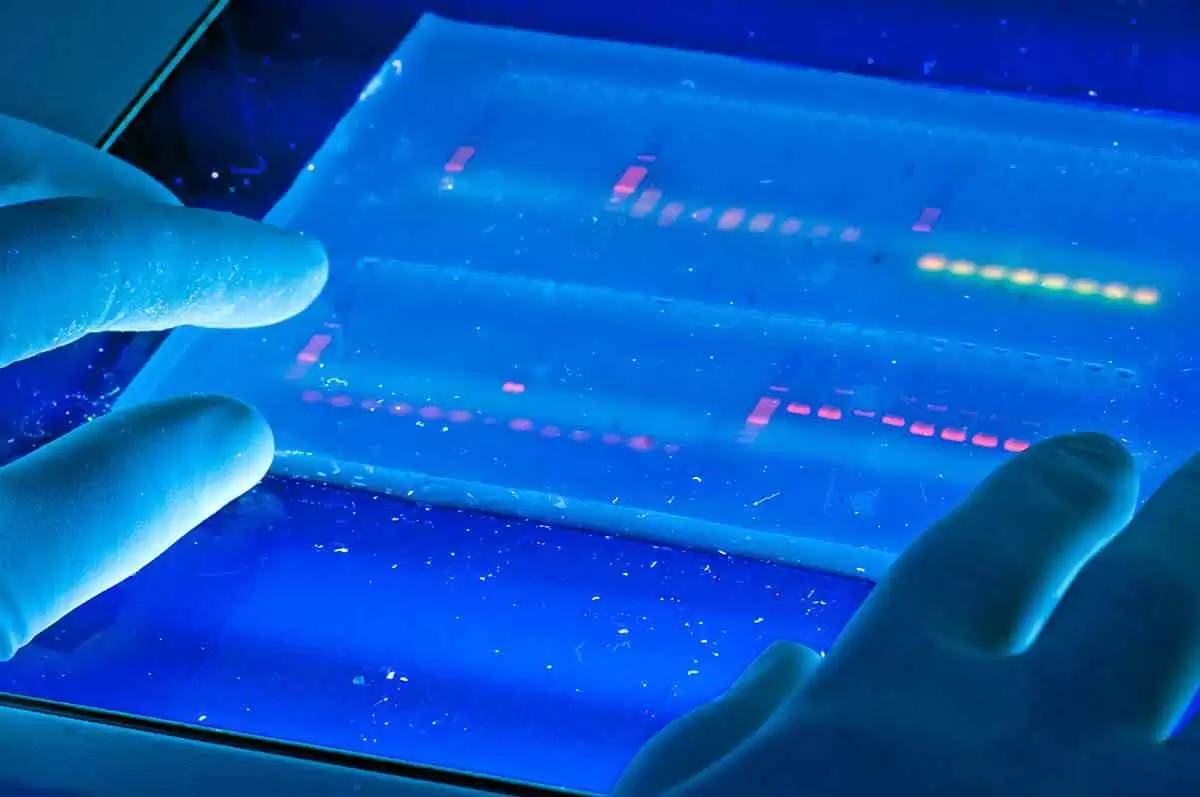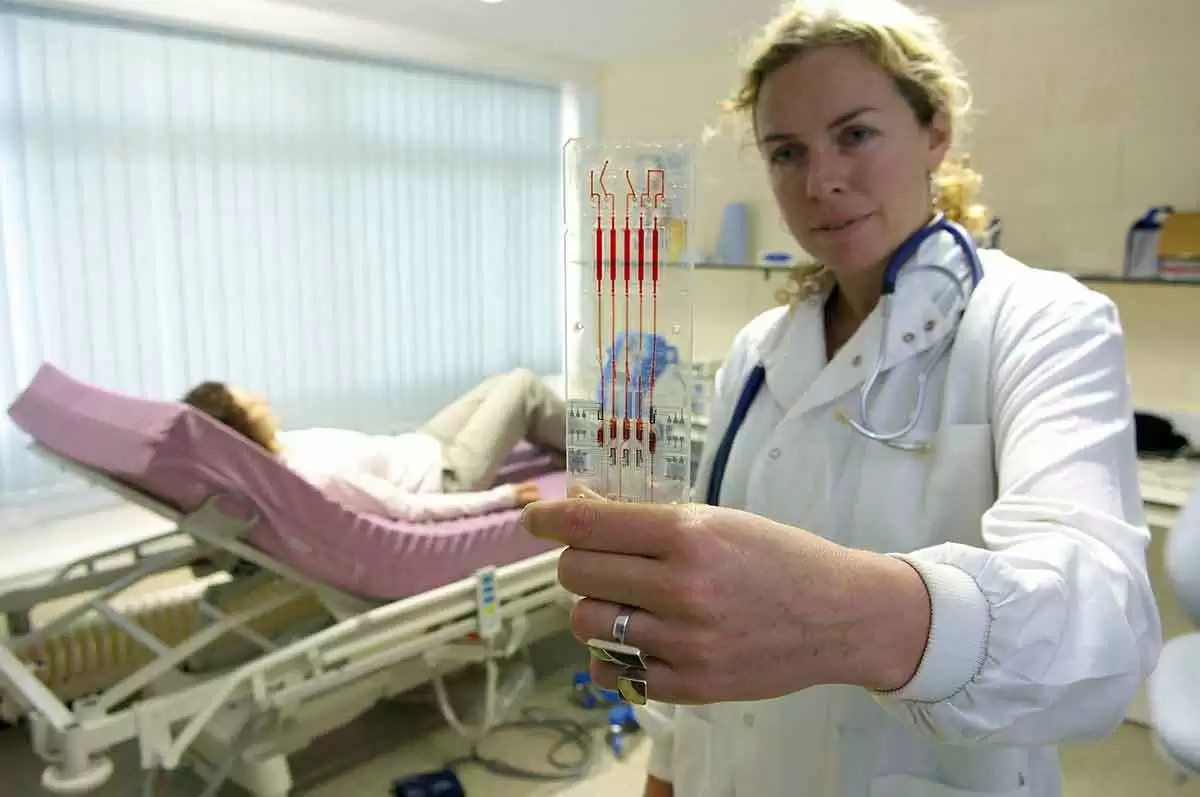Celiac.com 10/22/2025 -Celiac disease is an autoimmune condition where eating gluten causes the immune system to attack the small intestine. Scientists have long known that certain genetic patterns, particularly in the HLA region, increase the risk of developing the condition. However, genetics alone cannot explain the whole story. Environmental factors and other genes also play a role. A new study looked at which genes are more or less active in both intestinal tissue and blood to better understand how the disease develops and what might keep it going.
Why the Study Was Conducted
Previous research has shown that people with active celiac disease have different patterns of gene activity compared with healthy individuals. But most studies focused only on intestinal tissue. The goal of this new study was to take a more complete approach. Researchers collected samples not only from the intestines but also from blood. They included patients with active celiac disease, those with potential celiac disease who have antibodies but no visible tissue damage, and those who were on a gluten-free diet with healed intestines. By comparing these groups with healthy controls, scientists hoped to uncover both obvious and subtle molecular changes linked to the disease.
How the Study Was Performed
Celiac.com Sponsor (A12):
Researchers analyzed the activity of every gene in the samples using a method called whole genome sequencing of RNA. They studied 283 samples from a total of 145 people. They looked at which genes were more active (up-regulated) or less active (down-regulated) in celiac patients compared with controls. They then grouped these genes into pathways to see which biological processes might be driving the disease.
Main Findings in the Intestine
The intestines of people with active celiac disease showed major changes in gene activity. Over seven thousand genes were differentially expressed. Two genes stood out in particular: tissue transglutaminase, which is the main target of autoantibodies in celiac disease, and immunoglobulin heavy variable 5–51, an antibody-related gene. Both were highly active in the intestinal tissue of affected patients.
Many of the altered genes were part of immune system pathways. For example, genes that help present antigens to immune cells were strongly activated. This process is critical because it helps immune cells recognize gluten fragments, which then triggers inflammation. Genes linked to interferon signaling, a pathway often involved in viral defense, were also elevated, showing how the immune system becomes hyperactive in the gut of people with celiac disease.
Another striking result involved antioxidant defense systems. Normally, the body uses antioxidants to control harmful molecules called reactive oxygen species, which can damage cells. In celiac disease, these protective systems, including glutathione and ergothioneine pathways, were disrupted. This suggests that oxidative stress plays a big role in damaging intestinal tissue and may also worsen inflammation.
Main Findings in Blood Samples
Although the intestine is the primary site of damage, changes could also be detected in blood. More than five hundred genes were expressed differently between celiac patients and controls. Some of the top genes included HLA-related genes, which help regulate immune responses, and genes related to antioxidant defense, such as glutathione transferases. This shows that celiac disease affects the entire immune system, not just the intestine, and that blood testing might help identify biomarkers in the future.
Pathways Involved Beyond the Immune System
The study also highlighted pathways not directly related to immunity but still important in disease development:
- Amino acid metabolism: Genes that regulate amino acids such as proline were altered. Since amino acids are building blocks for proteins, changes here may influence how the intestine repairs itself.
- Lipid and cholesterol metabolism: Several genes tied to fat processing were disrupted, suggesting that celiac disease affects how the body manages fats and bile acids.
- Bitter taste receptors: Surprisingly, genes that help detect bitter tastes were more active in some patients. These receptors may play a role in defense against harmful microbes in the intestine.
Differences Between Celiac Disease Phenotypes
The researchers compared active disease, potential disease, and treated disease. Active disease showed the most dramatic changes, with strong activation of immune and stress pathways. In potential disease, where tissue damage is not yet visible, some immune pathways were already active, suggesting early warning signs at the molecular level. In treated patients, many changes had improved, but some immune activation and pathway disruptions remained, showing that even a gluten-free diet does not completely normalize gene activity.
Why These Results Are Important
This study paints a detailed picture of how celiac disease develops and persists. It shows that the condition is not only about gluten and antibodies but also involves oxidative stress, disrupted nutrient metabolism, and complex immune interactions. Importantly, many of the genes identified are possible targets for new treatments. For example, boosting antioxidant defenses or regulating certain immune pathways might help protect the intestine from damage.
It also suggests that blood testing could be a useful, less invasive way to track disease activity and risk. Currently, doctors rely on biopsies to confirm intestinal damage. If blood-based biomarkers can reliably show changes, it could make diagnosis and monitoring easier for patients, especially children.
Limitations and Future Directions
The researchers noted that their study had some limitations. They did not measure protein levels, which would confirm whether changes in gene activity led to changes in actual protein production. Also, the number of treated patients studied was relatively small. Still, the large overall sample size and the inclusion of different disease stages made the findings robust. Future work could focus on testing therapies that influence the identified pathways and exploring whether gene activity changes can predict which people with potential disease will go on to develop active damage.
Conclusion: What This Means for People with Celiac Disease
For people living with celiac disease, this research offers valuable insight into why the condition is so complex. It reinforces the idea that gluten triggers a chain reaction involving immunity, oxidative stress, and metabolism. By mapping out these pathways, scientists are building a foundation for new ways to diagnose, monitor, and possibly treat the disease beyond a gluten-free diet. For patients and families, this means hope for a future where managing celiac disease is less about fear of hidden gluten and more about targeted therapies that protect health and improve quality of life.
Read more at: bmcmedicine.biomedcentral.com










Recommended Comments
There are no comments to display.
Create an account or sign in to comment
You need to be a member in order to leave a comment
Create an account
Sign up for a new account in our community. It's easy!
Register a new accountSign in
Already have an account? Sign in here.
Sign In Now